Google is working on a new open-source video codec, VP10, that should shrink the amount of bandwidth required for 4K video to half that of VP9, and a quarter of Apple's current preferred compression format, H.264.
VP10 should also offer a variety of visual enhancements over its predecessor including properties like a wider color gamut, faster framerates, and better dynamic range between highlights and shadows, CNet reported.
Google has been using VP9 for 4K on platforms like YouTube and Chrome, but partly because of Apple devices, H.264 is also effectively the industry standard. Chipmakers such as Samsung, MediaTek, Nvidia, and Broadcom have promised VP9 support however, and many 2015 TVs have VP9-ready decoders.
VP10 is said to be two years away, and require about 40 percent more work to decode than VP9.
In the interim VP9's main competition will be H.265, also known as HEVC. While it offers similar performance, Google may be able to gain ground because of the high patent royalties being asked for by the HEVC Advance group. These amount to 0.5 percent of all revenue stemming from HEVC-encoded video, as well as an 80-cent charge per mobile device and $1.50 per TV. By contrast, MPEG LA — the creator of both H.264 and H.265 — charges just 20 cents per H.264 device. Other companies may also demand patent revenues.
Cisco and Mozilla have developed alternative codecs known as Thor and Daala, and are further collaborating on a royalty-free standard called NetVC due around the same time as VP10.
Apple has yet to take a full step into the world of 4K, though it is believed that next-generation iPhones will support 4K recording, and the company has quietly been amassing 4K material for iTunes, though it's not yet on sale.
 Roger Fingas
Roger Fingas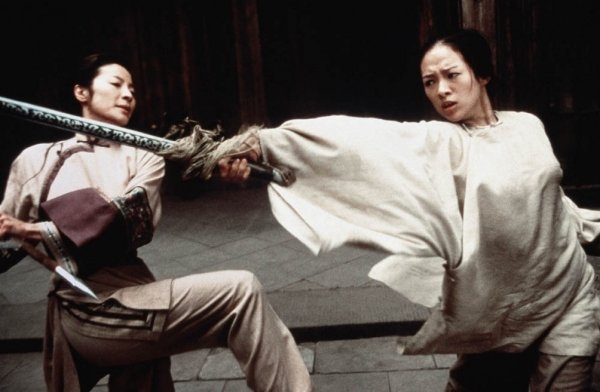

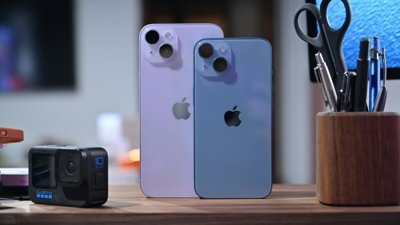
 Malcolm Owen
Malcolm Owen
 Christine McKee
Christine McKee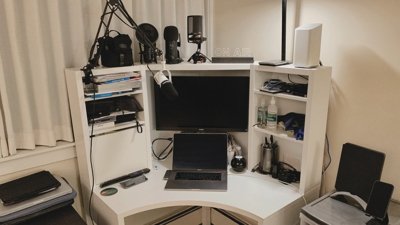
 Charles Martin
Charles Martin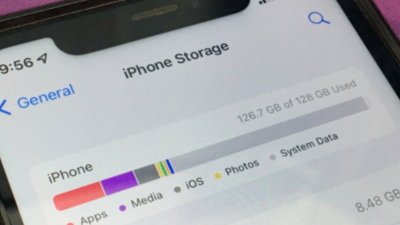

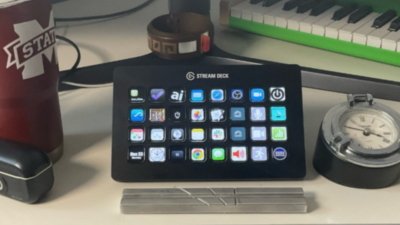
 William Gallagher
William Gallagher
 Amber Neely
Amber Neely










95 Comments
Didn't those guys at Pied Piper create this compression algorithm? And Google just ripped them off? /s
The iPhone 6 and iPad Air 2 have h.265 (HEVC) hardware codecs.
Apple has h.265 on A8 devices (iPhone 6, iPad Air 2, etc...)
If Apple's already getting 4K source material, I'd think they're already encoding it to.. which means they've picked their 4K horse. Either a low-bit rate (relative to the resolution) h264 (like YouTube) or h265. If they picked h265, well, we're probably going to know that Sept 9th, and Apple isn't going to pay royalties for *2 codecs* so VP10 will be out for good.
[quote name="AppleInsider" url="/t/187956/google-promises-to-dramatically-shrink-4k-bandwidth-with-upcoming-vp10-video-codec#post_2768617"]VP10 is said to be two years away, and require about 40 percent more work to decode than VP9.[/quote] LOL You know what else is over 2 years [I]away[/I]? H.265/HEVC. But that's 2 years in the past when it was ratified and we still have little support for it because it takes many years after that for the HW, SW and, then finally, the encoded content to show up. It's a bit of a chicken and egg situation which is why these things tend to take a long time. I have no doubt [S]Google[/S] Alphabet will [I]soup[/I]-up VP9 to VP10, but I think H.265/HEVC will not only be the standard still be more efficient in terms of performance and power usage than VP10. At best, I think VP10 will be able to have a slightly better compression ratio by the time it shows up, but at an unfortunate cost to performance and power usage, like VP9 compared to H.264.